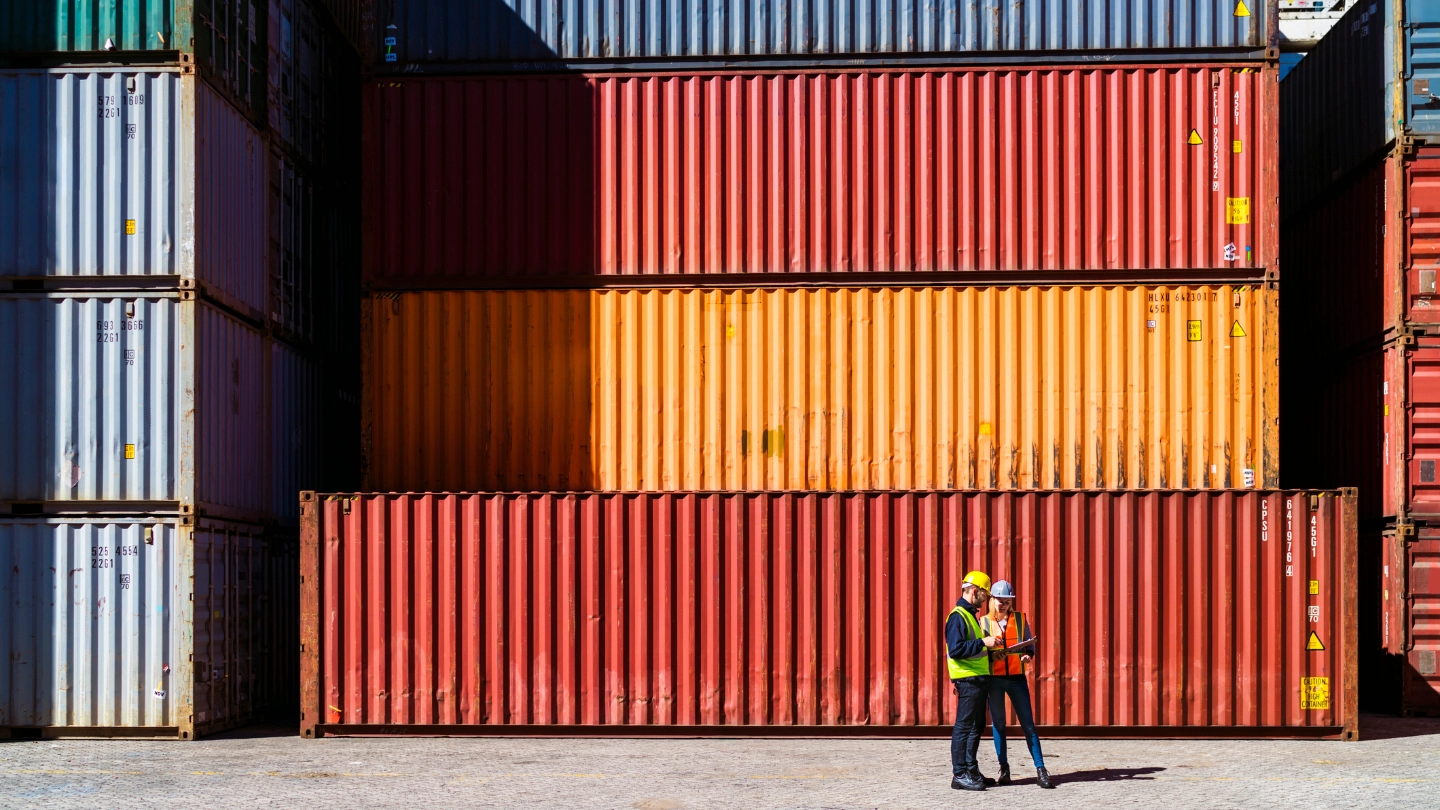
Our economists review outcomes of escalating trade war
In March this year our team of economists comprising Theo Smid, Dana Bodnar and myself took the unusual step of issuing an interim Economic Outlook which we titled, Turbulence. In the few weeks between his inauguration in January and our March publication, President Trump had signed and implemented an unprecedented number of executive orders, many of them directly impacting world trade through the use of what he termed ‘reciprocal tariffs’. The forecasts we had made in our previous Economic Outlook only three months earlier needed serious revision.
Here we are, another three months on, and we have needed to make further revisions to our global growth predictions. Since our last report President Trump has launched even more tariffs, most on April 2, a day his administration dubbed ‘Liberation Day’. Most of these have since been paused or pulled back, acts that in themselves have added to a sense of confusion and investment hesitation among businesses and markets throughout the world.
Amid all of the changes, chaos and uncertainty, one thing is clear. The rhetoric emerging from this US administration is unequivocally that of a trade war aiming to challenge and even upend existing trade practices.
Trade growth continues, but is facing a slowdown
So what are the main areas we discuss in our report Economic Outlook: Trade War? Perhaps the primary point to note is that despite the confusion and, at times inflammatory, language from different quarters, global trade continues. In fact, all indicators suggest global trade showed robust growth during Q1 this year. Even in the US, the inflationary impact of tariffs has been limited so far.
However, we note a word of caution here as it is likely that much of this growth has been driven by businesses ‘front loading’ export orders in a bid to cross borders before the implementation of tariffs.
We expect trade growth to slow significantly to around just 1% this year. This slowdown will be a direct result of the tariffs as well as the uncertainty surrounding their (sometimes) chaotic implementation, with announcements of tariffs rapidly followed by pauses or changes both up or down. It is hard to devise strategic plans within an arena of such uncertainty and many businesses are choosing to put plans on hold as they await further clarity on what the economic landscape will look like. In short, global uncertainty is showing signs of a reduced appetite for business investment. The US tariff policy is impacting global trade and investment, both directly and indirectly.
Global growth patterns show an uneven picture
Growth will be particularly sluggish for the US and its neighbours, Canada and Mexico. Although the slowdown is less steep in Europe and China, advanced economies are expected to grow at just 1.3%, representing a downward revision from our earlier estimates. Greatest global growth will be witnessed among the emerging economies, but even here growth will be weak compared to previous years.
For the most part this Economic Outlook contains forecasts based on the assumption that there will be a limited trade war between the US and other countries. However, we also explored a scenario where the White House winds up the tariffs further, resulting in retaliatory tariff responses from trading partners and potential disruptions to major supply-chains. In this downside scenario, our modelling suggested the most severe impacts – including escalating inflation – would be experienced by the US, with lesser impacts experienced by a retaliatory China and EU.
A word of caution comes with this latest Economic Outlook. We simply cannot be sure what route President Trump will take next. While all indicators currently point towards global growth, albeit slower and more modest than we predicted at the beginning of the year, we cannot rule out a full-blown global trade war or the enormity of the impact that could have on global markets.

































